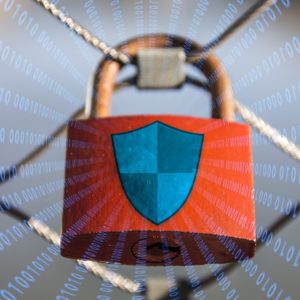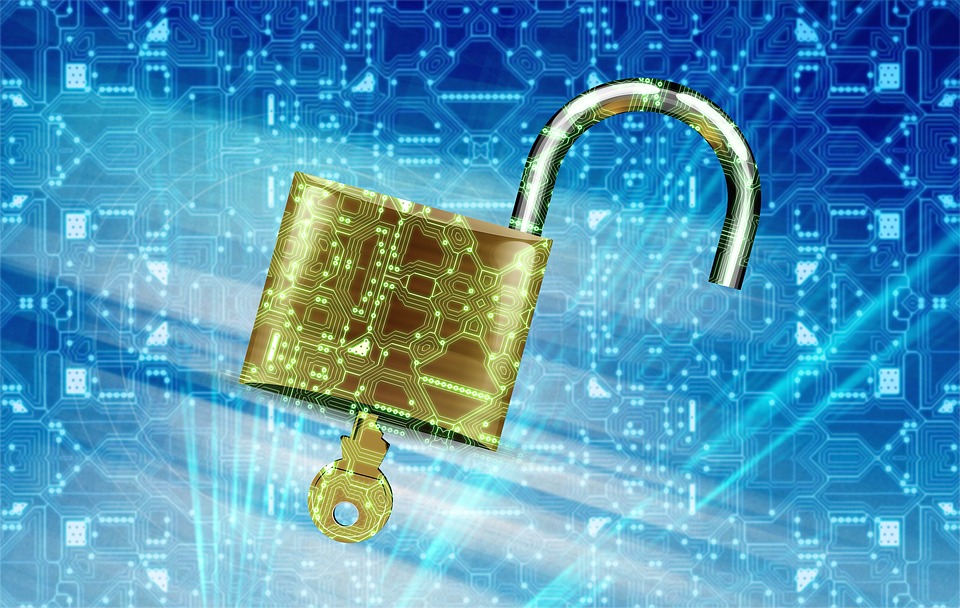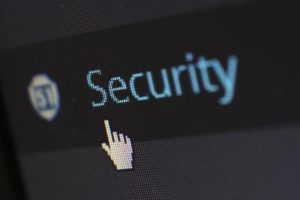 The race is on to capitalize on the predicted multi -trillion dollar market investment in the Internet of Things (IoT) technology. Many companies are already seeing the positive business impact of IoT devices in the form of valuable data collected used to track customer behavior and inventory in real time. Additionally, reduction in operating costs associated with efficient usage of connected devices to allow employees the flexibility to work remotely is also an asset to the enterprise. The opportunities are plentiful for IoT to have a significant impact on our global economy, but the security challenges of increased vulnerabilities associated with all things “smart” will need to be addressed.
The race is on to capitalize on the predicted multi -trillion dollar market investment in the Internet of Things (IoT) technology. Many companies are already seeing the positive business impact of IoT devices in the form of valuable data collected used to track customer behavior and inventory in real time. Additionally, reduction in operating costs associated with efficient usage of connected devices to allow employees the flexibility to work remotely is also an asset to the enterprise. The opportunities are plentiful for IoT to have a significant impact on our global economy, but the security challenges of increased vulnerabilities associated with all things “smart” will need to be addressed.
Seemingly edgeless networks are being created by the data flow between connected devices. This is resulting in harder to manage workplace security environments. Understanding the financial implications of what it would cost in the event of a security breach is difficult; in addition to, the negative impact it could potentially cause to an organization’s reputation. Detecting and preventing security attacks, while still being able to take full advantage of IoT business potential, is top priority for CISOs everywhere. For a closer look into the transformation created by IoT adoption, read full article here.



 As a start to try and fix the potential massive security problem imposed by IoT, lawmakers in the U.S. Senate introduced a bill in early August that would apply to vendors supplying the US federal government by setting baseline security standards and use of a broad range of Internet-connected devices, including computers, routers and security cameras. The new bill,
As a start to try and fix the potential massive security problem imposed by IoT, lawmakers in the U.S. Senate introduced a bill in early August that would apply to vendors supplying the US federal government by setting baseline security standards and use of a broad range of Internet-connected devices, including computers, routers and security cameras. The new bill, 
 The Internet of Things (IoT) is here to stay. No surprise that our love for connected devices will continue to trend upward to 11.4 billion by 2018 according to Gartner. However, with increased convenience of IoT devices, huge security risks also increase and staying vigilant about security is critical. Security hazards become a big concern as IoT devices often times store sensitive information that can be tempting to hackers. Also, in an effort to go to market fast with new devices, manufacturers may create smart products that are insecure and vulnerable to attacks where weak infrastructures are in place.
The Internet of Things (IoT) is here to stay. No surprise that our love for connected devices will continue to trend upward to 11.4 billion by 2018 according to Gartner. However, with increased convenience of IoT devices, huge security risks also increase and staying vigilant about security is critical. Security hazards become a big concern as IoT devices often times store sensitive information that can be tempting to hackers. Also, in an effort to go to market fast with new devices, manufacturers may create smart products that are insecure and vulnerable to attacks where weak infrastructures are in place.